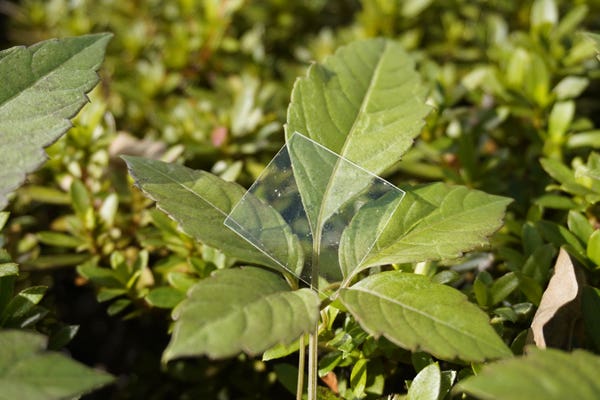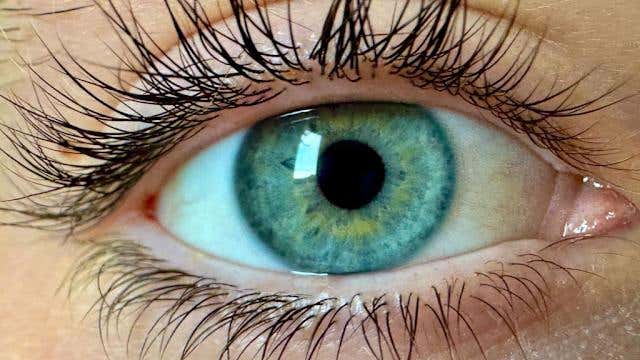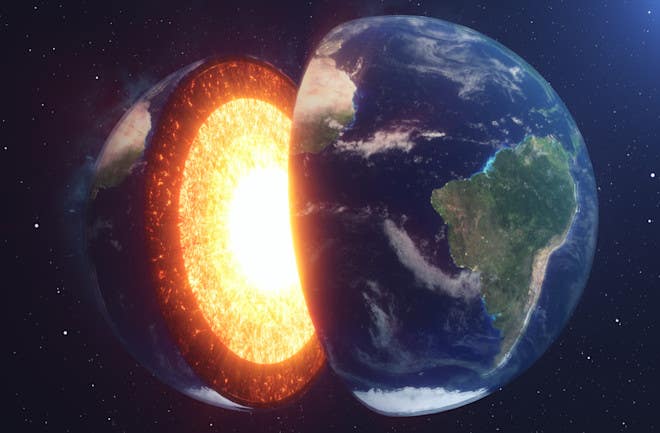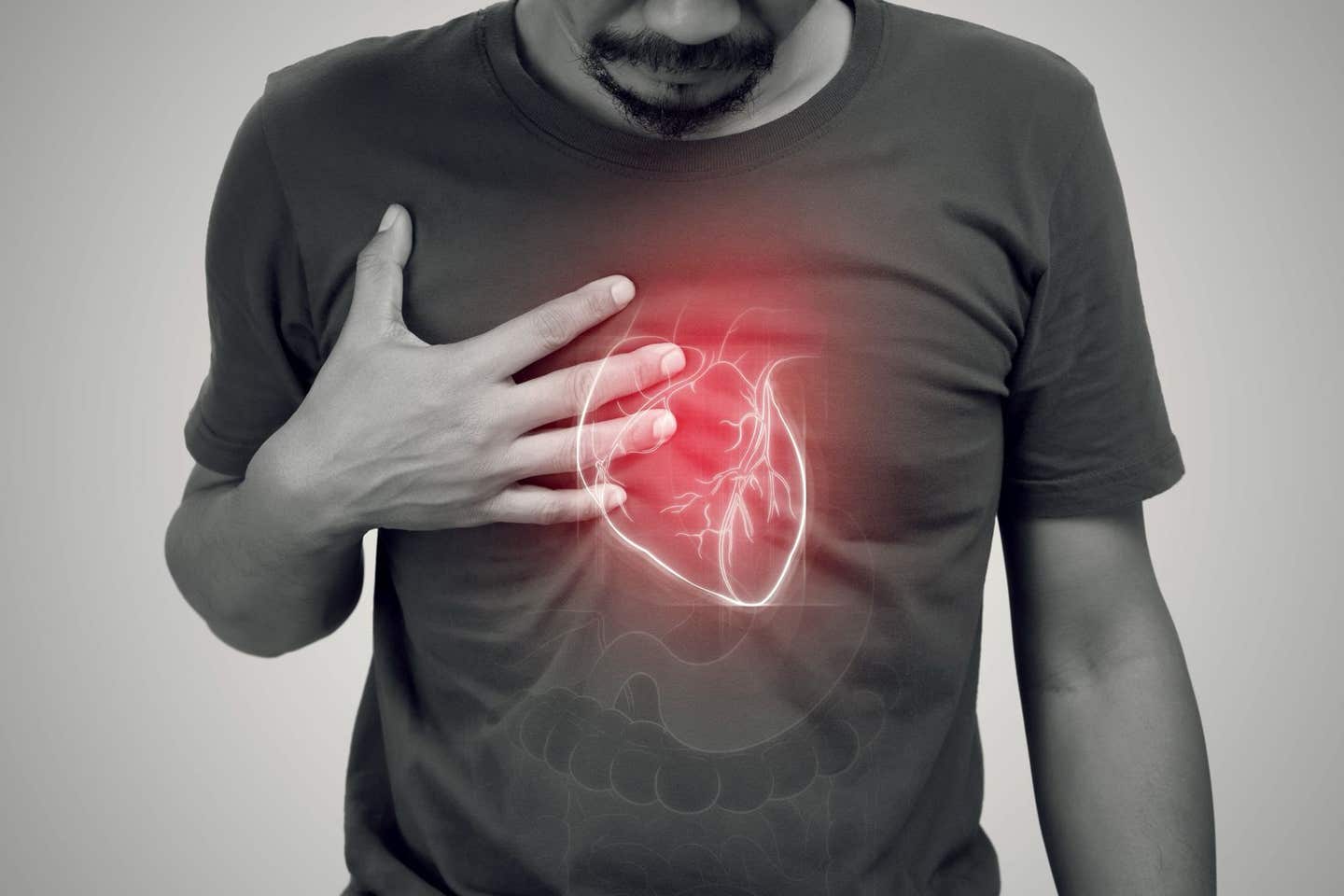Revolutionary new plastic fully dissolves in seawater leaving no microplastic waste
A new plastic dissolves in saltwater without leaving microplastics or toxins, offering a safer future for oceans and people.

A Japanese research team has created a plastic that breaks down in seawater, leaving no microplastics or toxins—just safe, natural elements. (CREDIT: 2025 RIKEN)
Plastics are everywhere—from your phone case to the containers holding your food. They're cheap, light, and strong, which makes them incredibly useful. But their strength is also their downfall. Once thrown away, plastics don’t just disappear.
Instead, they break into smaller and smaller pieces, called microplastics, which now pollute oceans, rivers, soil, and even the air. Some of these tiny fragments are even turning up in human blood and brains. And although scientists still don't know the full impact on health, they’ve already found signs that microplastics can damage organs and harm fertility in animals.
So, what if plastics could simply dissolve after use, leaving behind nothing harmful?
That’s the big idea behind a new type of plastic made by scientists at the Japanese research institute Riken. This innovative material breaks down in seawater without leaving toxic debris or long-lasting microplastics. Even better, it has the same strength and flexibility as regular plastic, making it useful in everyday life.
The Plastic Problem
Globally, more than 400 million tons of plastic are produced every year. Most of it is made from oil, meaning it contributes to climate change. Less than 10% of all plastic waste gets recycled. The rest ends up in landfills, gets burned, or finds its way into the environment. As it breaks apart over decades, it becomes invisible to the eye but not to ecosystems.
These particles—known as microplastics—are now so common that scientists have found them in every corner of the Earth, from the bottom of the ocean to remote ice in the Arctic. Even biodegradable plastics like polylactic acid (PLA), which are designed to break down in soil, are too slow to degrade in oceans. Instead, they persist and continue to form microplastics.
This is why next-generation plastics must go beyond being recyclable or biodegradable in theory. They need to actually break down under real-world conditions—especially in salty environments like the ocean—and leave behind safe, non-toxic materials.
Related Stories
A Sticky Solution
The new plastic comes from a class of materials called supramolecular polymers. Unlike traditional plastics, which are made of long chains of molecules held together by strong covalent bonds, supramolecular polymers use weaker, reversible bonds. These are more like Velcro or sticky notes—you can pull them apart and press them back together again.
This reversibility makes supramolecular plastics easy to recycle. Just the right solvent can break their bonds and let you reuse the raw materials. But that flexibility has also been a weakness. In the past, these materials fell apart too easily to be used in real-life products.
Materials scientist Takuzo Aida, who leads the research team, wanted to solve that problem. “Plastics, especially polyethylene terephthalate, are incredibly versatile,” he says. “They’re flexible but strong, durable and recyclable. It’s hard to beat that convenience.”
To match that level of performance, his team spent years searching for the right recipe. The goal was to create a strong, stable plastic that would still dissolve when exposed to the right trigger—saltwater.
They found the answer in a mix of sodium hexametaphosphate (a food additive) and guanidinium-based monomers (used in fertilizers). When these chemicals are mixed in water, they form what's called "salt bridges"—tight links that hold the molecules together.
Once mixed, the solution separates into two layers: a watery top layer and a thick, syrupy bottom layer. This thick layer is full of the salt-bridged compounds. When dried, it forms a solid, plastic-like sheet that is colorless, non-flammable, and just as strong as regular plastic.
But unlike oil-based plastics, this one breaks down completely when soaked in saltwater. After about eight and a half hours, the bonds unlock, and the material dissolves into its original building blocks.
Designed to Disappear
One problem with some biodegradable plastics is that they still create microplastics during breakdown. That’s not the case here. This new plastic doesn’t just break into pieces—it fully dissolves. And what’s left behind isn’t dangerous. The material breaks down into nitrogen and phosphorus, two elements that can be absorbed by plants or used by microbes.
Still, the researchers caution that too much of these nutrients in one place can be harmful. Large amounts of nitrogen and phosphorus can lead to algal blooms, which reduce oxygen in water and harm marine life. To avoid this, Aida suggests that used plastics should ideally be recycled in special treatment plants where the ingredients can be captured and reused. But if they do make it into the ocean, the damage will be far less than with today’s plastics.
Another challenge was making sure the plastic doesn’t fall apart too soon. After all, you don’t want your drink container to dissolve just because you’re at the beach. To solve this, the team added a water-resistant outer coating. The plastic stayed stable, even in wet environments. But once scratched, the saltwater could seep in and trigger breakdown.
Building a Better Future
The potential uses for this material go beyond bottles and bags. It can also be reshaped with heat, just like regular thermoplastics. Researchers have even shown that it can be adapted for 3D printing. It could replace plastics in products that often end up as waste—packaging, utensils, or even fishing gear.
The method used to create this plastic can also work with other materials, like polysaccharides—natural sugar-based molecules. That means this technology could grow into an entire class of environmentally safe plastics for many industries.
The key idea is to make plastics that are strong when you need them, but vanish when you don’t. That kind of thinking is critical if we’re going to reduce the environmental impact of plastic pollution.
Still, the researchers stress that better materials alone won’t be enough. Industry and government must act to change how plastics are made, used, and thrown away.
“With established infrastructures and factory lines, it’s extremely challenging for the plastics industry to change,” Aida says. “But I believe there will come a tipping point where we have to power through change.”
Until then, innovations like these could lead the way to a cleaner, safer world. If used widely, this kind of plastic could help lower both plastic waste and the greenhouse gases that come from burning fossil-based plastics. It shows that real solutions are within reach—solutions that work with nature instead of against it.
Complete research findings are available in the journal Science.
Note: The article above provided above by The Brighter Side of News.
Like these kind of feel good stories? Get The Brighter Side of News' newsletter.
Joshua Shavit
Science & Technology Writer | AI and Robotics Reporter
Joshua Shavit is a Los Angeles-based science and technology writer with a passion for exploring the breakthroughs shaping the future. As a contributor to The Brighter Side of News, he focuses on positive and transformative advancements in AI, technology, physics, engineering, robotics and space science. Joshua is currently working towards a Bachelor of Science in Business Administration at the University of California, Berkeley. He combines his academic background with a talent for storytelling, making complex scientific discoveries engaging and accessible. His work highlights the innovators behind the ideas, bringing readers closer to the people driving progress.



